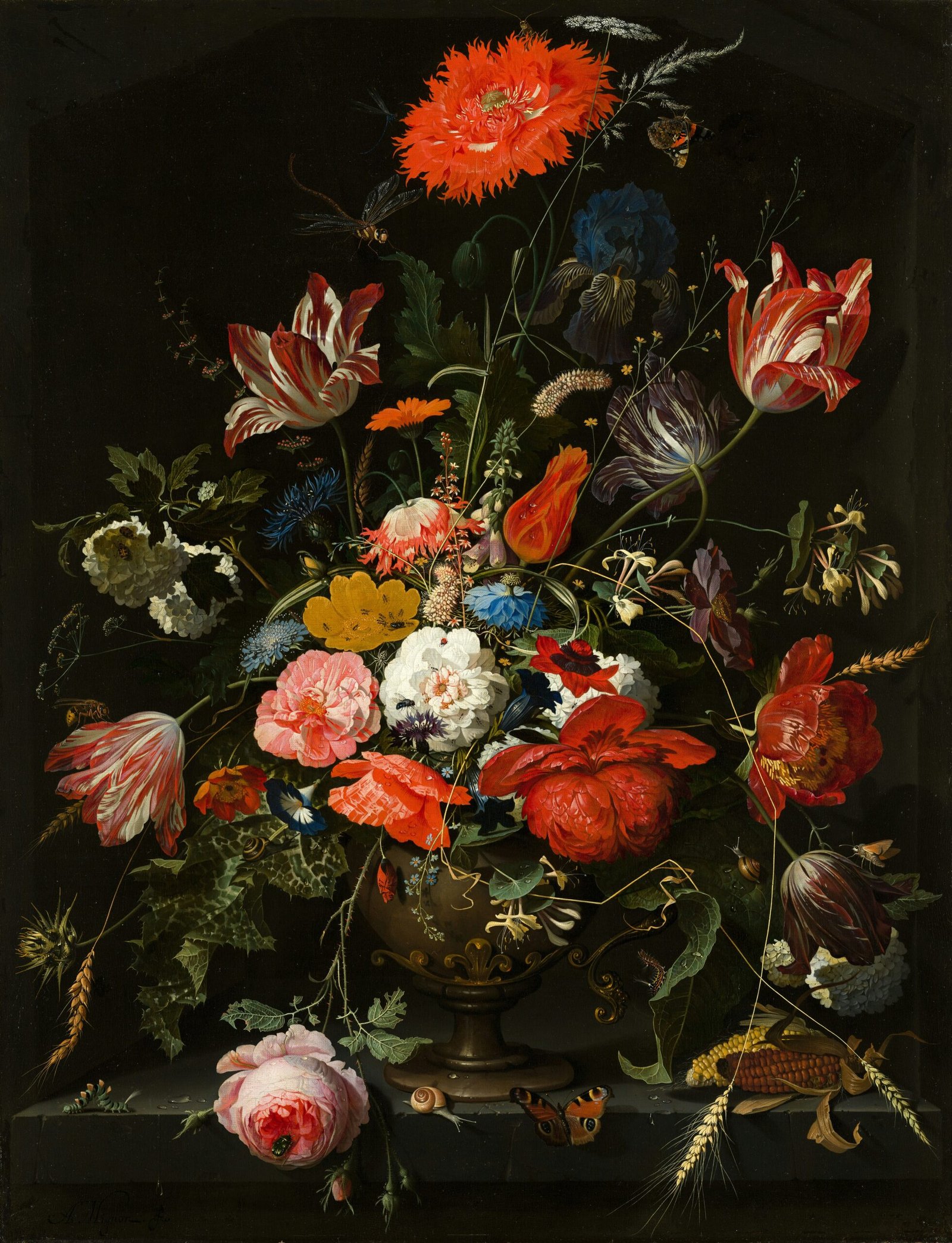
One of the key reasons why art and creativity are important in modern society is their ability to foster personal growth. Engaging in artistic activities allows individuals to explore their own emotions, thoughts, and experiences in a unique and expressive way. Whether it is through painting, writing, dancing, or any other form of artistic expression, people can tap into their inner selves and gain a deeper understanding of who they are.
Moreover, art and creativity also contribute to cultural development. Through artistic expression, individuals can showcase their cultural heritage, traditions, and values. Art serves as a medium to preserve and transmit cultural knowledge from one generation to another. It allows societies to celebrate their diversity and engage in meaningful dialogues about shared human experiences.
Art and creativity also have a significant impact on social progress. They have the power to challenge existing norms, question authority, and inspire change. Artists often use their work to raise awareness about social issues, advocate for justice, and promote equality. Through their creations, they can spark important conversations and mobilize communities towards positive action.
Furthermore, art and creativity have a direct impact on the economy. The creative industries, which include fields such as design, fashion, film, and music, contribute significantly to economic growth and job creation. These industries not only generate revenue but also attract tourism, enhance city branding, and stimulate innovation. In a world where innovation and entrepreneurship are highly valued, art and creativity are essential for driving economic prosperity.
Lastly, art and creativity provide a much-needed outlet for self-expression and stress relief. In today’s fast-paced and demanding world, many individuals find solace in engaging with art. Whether it is attending a concert, visiting an art gallery, or simply doodling in a sketchbook, these activities offer a sense of relaxation and escape from everyday pressures. They allow people to disconnect from technology and reconnect with their inner selves.
In conclusion, art and creativity are not just frivolous pursuits; they are essential components of modern society. They foster personal growth, contribute to cultural development, drive social progress, boost the economy, and provide a means of self-expression and stress relief. As we navigate the challenges of the digital age, it is crucial to recognize and appreciate the importance of art and creativity in shaping a more vibrant and meaningful society.
1. Personal Expression and Emotional Well-being
Art provides a unique platform for personal expression. Through various art forms such as painting, sculpture, music, dance, and literature, individuals can express their thoughts, emotions, and experiences in a way that words alone cannot capture. This process of self-expression is not only cathartic but also crucial for emotional well-being.
Engaging in creative activities allows individuals to explore their inner world, confront their fears, and find solace in their own unique way. It provides an outlet for emotions, helping individuals to process and make sense of their experiences. In a fast-paced and often stressful world, art offers a much-needed space for introspection, self-reflection, and emotional healing.
Moreover, art can serve as a form of therapy. Art therapy, a branch of psychotherapy, utilizes the creative process to improve mental health and well-being. It is particularly effective in helping individuals who struggle to express their emotions verbally. Through art therapy, individuals can externalize their inner thoughts and feelings, making them tangible and easier to understand.
For example, someone who has experienced trauma may find it difficult to put their feelings into words. However, through the use of art materials, such as paint or clay, they can symbolically represent their experiences and emotions. This act of creation allows them to distance themselves from the trauma and gain a new perspective, leading to healing and growth.
In addition, art can also provide a sense of empowerment and control. When individuals engage in the creative process, they have the freedom to make choices and decisions about their artwork. This sense of agency can be empowering, especially for those who may feel powerless in other areas of their lives.
Furthermore, art can foster a sense of connection and belonging. It has the power to transcend cultural and language barriers, allowing individuals from different backgrounds to connect on a deeper level. Through art, people can share their stories, experiences, and perspectives, fostering empathy and understanding.
Overall, art plays a vital role in personal expression and emotional well-being. It provides a safe and supportive space for individuals to explore their inner world, process their emotions, and find healing. Whether through art therapy, creative hobbies, or simply appreciating the work of others, engaging with art can have a profound impact on one’s mental health and overall quality of life.
Art and creativity are not only important for personal expression, but they also play a significant role in the development and preservation of culture. In today’s globalized world, where cultures are constantly evolving and merging, it is crucial to recognize and celebrate the unique cultural identities that exist.
One way art contributes to cultural development is by providing a platform for cultural storytelling. Literature, for example, allows writers to share their experiences and perspectives, giving readers a glimpse into different cultures and ways of life. Visual arts, such as painting and sculpture, can also convey cultural narratives, depicting historical events, traditions, and societal norms.
Through artistic expressions, individuals can gain a deeper understanding of diverse cultures, fostering empathy and appreciation for the richness of human experiences. By engaging with art, people can challenge their preconceived notions and biases, broadening their horizons and promoting intercultural dialogue.
Moreover, art serves as a powerful tool for cultural preservation. Museums, galleries, and cultural institutions play a crucial role in safeguarding our collective heritage. They house and exhibit artworks that have withstood the test of time, offering a window into the past and allowing us to learn from our ancestors.
These institutions not only preserve tangible artifacts but also intangible cultural heritage. Traditional music, dance, and theater performances are often passed down through generations, ensuring that cultural practices and traditions are not forgotten. By supporting and promoting these art forms, societies can preserve their unique cultural identities and pass them on to future generations.
Furthermore, art can inspire creativity and innovation, contributing to the development of new cultural expressions. Artists often draw inspiration from their cultural backgrounds, reinterpreting traditional motifs and techniques in contemporary ways. This fusion of the old and the new creates a dynamic cultural landscape that reflects the ever-changing nature of society.
In conclusion, art and creativity are essential for cultural development and preservation. They provide a means for cultural storytelling, foster empathy and understanding, preserve heritage, and inspire innovation. By recognizing the importance of art in society, we can ensure the continued celebration and preservation of diverse cultural identities.
3. Innovation and Problem-solving
Creativity is the driving force behind innovation and problem-solving. In a rapidly changing world, the ability to think creatively and come up with innovative solutions is highly valued. Art encourages individuals to think outside the box, challenge conventions, and explore new possibilities.
Artists, designers, and inventors often rely on their creative thinking skills to develop groundbreaking ideas and inventions. The process of creating art involves experimentation, risk-taking, and the ability to see connections that others may overlook. These skills are transferable to various fields, including science, technology, engineering, and business.
Moreover, art and creativity foster critical thinking skills. By engaging with art, individuals learn to analyze, interpret, and evaluate different perspectives and ideas. This ability to think critically is essential for navigating the complexities of the modern world, making informed decisions, and solving complex problems.
Furthermore, art has the power to inspire and ignite innovation. When individuals are exposed to art, whether it be through paintings, sculptures, or performances, it can spark their imagination and trigger new ideas. Art has the ability to challenge preconceived notions and push boundaries, which can lead to breakthroughs in various fields.
For example, the concept of biomimicry, which involves taking inspiration from nature to solve human problems, has been heavily influenced by art. Artists have long been inspired by the intricate patterns and structures found in nature, and this fascination has translated into scientific and technological advancements. From the design of efficient wind turbines based on the shape of bird wings to the development of self-cleaning surfaces inspired by lotus leaves, art has played a crucial role in driving innovation.
In addition, art can also serve as a platform for problem-solving. Through art therapy, individuals can express their emotions, process trauma, and find creative solutions to personal challenges. This therapeutic approach has been proven to be effective in various settings, including hospitals, schools, and rehabilitation centers.
Overall, the integration of art and creativity into various aspects of life can have a profound impact on innovation and problem-solving. By encouraging individuals to think creatively, challenging the status quo, and fostering critical thinking skills, art opens up new avenues for exploration and discovery. Whether it be through inspiring new ideas or providing a therapeutic outlet, art has the power to shape the way we approach and solve problems in the modern world.
